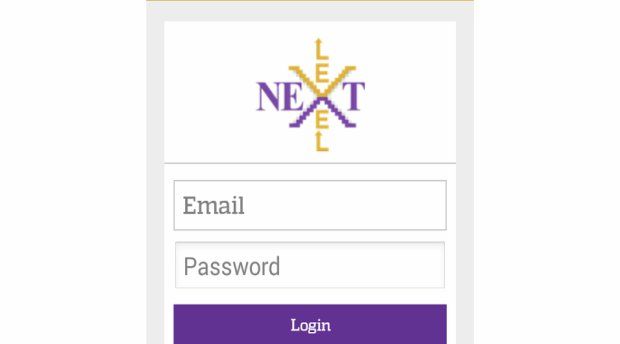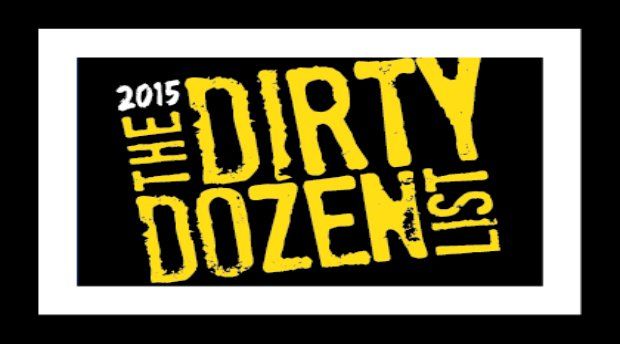FTC Tells Advertisers, Use “Up To”, Only If You Mean It
Post Views 1
The study was conducted during an investigation of five companies, alleged to have made deceitful claims of “up to” to misguide and lure customers into buying the products. Five window manufacturers had made tall claims about the energy effectiveness of their windows and saying that using their windows would reduce heating and cooling bills. FTC investigated these companies, on charges that their claims were unfounded and not supported by proven evidence.
The FTC says that the new guideline is an attempt on part of the agency to ensure fair and honest marketing practices.
The FTC says that advertisers should avoid using this phrase unless they really mean that buyers of their product were likely to get the “up to” or maximum amount offered, under “normal circumstances.”
It has been seen that marketers are often making environmental marketing claims and making statements like, they will save, “up to 47 percent in energy costs.” FTC has said that the claims must be truthful and based on scientific evidence.
“Before advertisers may have thought that if one person got the maximum result, they could make the claim. Our study suggests 50 percent or more of users should get that result,” said Mary Engle, the associate director of advertising practices for the FTC’s bureau of consumer protection division.
Engle said that the new policy did not reflect a change in direction or policy. It was just an attempt to make the unclear and hazy, “up to” claim more transparent and the definition of an “appreciable number of consumers realizing the maximum advertising benefit a substantial amount of time.”
The new guidance also means that the FTC has bypassed the industry’s self-regulatory standard that 10 percent of the users of a product must realize the maximum benefit, having suggested that the benefit should accrue to 50 percent or more.
“The safe harbor may not be so safe anymore,” said John Villafranco, a partner with Kelley Drye. “The FTC’s release highlights it is suspicious of ‘up to’ claims and that it is scrutinizing the data. This may mean advertisers need to do a better job of qualifying the claim or include a disclosure.”
“If the standard is being changed by the FTC, people will want to pay close attention,” said C. Lee Peeler, CEO of the Advertising Self-Regulatory Council. “This is a new development, focusing on an issue that has been open since the 1980s.”
FTC Tells Advertisers, Use “Up To”, Only If You Mean It by Harrison Barnes


 Advertisers Turn to Outlets Other Than Traditional Television
Advertisers Turn to Outlets Other Than Traditional Television  Next Level Text Allows Anyone to Fundraise
Next Level Text Allows Anyone to Fundraise  What Really Happens When We Receive Personalized Ads
What Really Happens When We Receive Personalized Ads  12 Companies That Profit Off Sexual Exploitation
12 Companies That Profit Off Sexual Exploitation  Project Gravitas Prepares for Black Friday with ‘Message in a PG Box’
Project Gravitas Prepares for Black Friday with ‘Message in a PG Box’  “Deadzone Diners” Takes a Different Approach to Cellphone Usage
“Deadzone Diners” Takes a Different Approach to Cellphone Usage